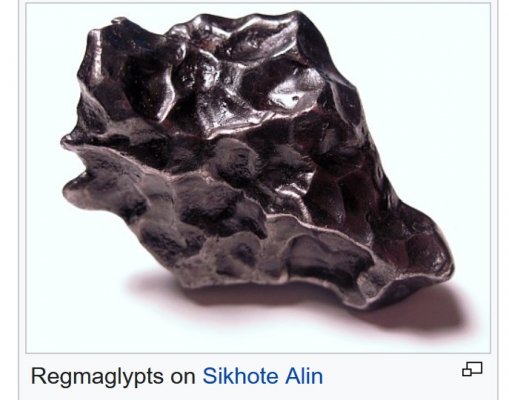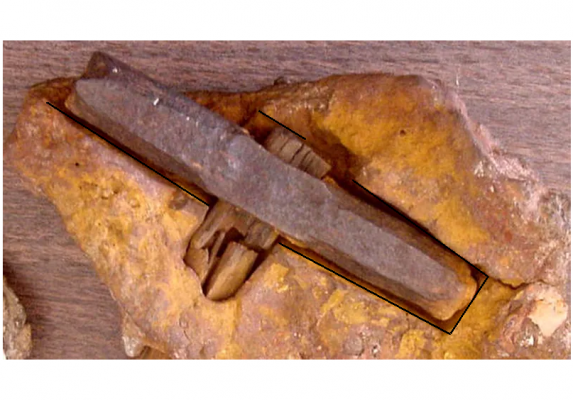This might explain a few other “mysteries”:
The Mystery Of The Modern "London Hammer" Found Encased In Ancient Rock
While walking along Red Creek, London, Texas in June 1936, Emma Zadie Hahn and her husband Max Edmond Hahn made an unusual discovery: a piece of wood poking out of what appeared to be an ancient rock formation.
The
story goes that ten-ish years later, their son, who was clearly born with the merest hint of curiosity that they lacked, smashed open the rock to see what was inside. What he found was a hammer. Where it gets weirder is that it was
clearly a modern(ish) hammer.
The answer, of course, was that the hammer
was modern, but it had become encased in the rock by geological processes.
"The stone is real, and it looks impressive to someone unfamiliar with geological processes. How could a modern artifact be stuck in Ordovician rock?" investigator Glen J. Kuban asked in a 1997 paper on the hammer,
published in Paleo.
"The answer is that the concretion itself is not Ordovician. Minerals in solution can harden around an intrusive object dropped in a crack or simply left on the ground if the source rock (in this case, reportedly Ordovician) is chemically soluble."
While an extremely cool find, the rock formation is not as ancient as it appeared. Likely a miner dropped the hammer a century ago, or perhaps a touch earlier, after which the rock formed around it. It was not, repeat, not, proof of
The Flintstones.
https://www.iflscience.com/the-myst...on-hammer-found-encased-in-ancient-rock-67095
Wikipedia on the same item.
maximus otter





